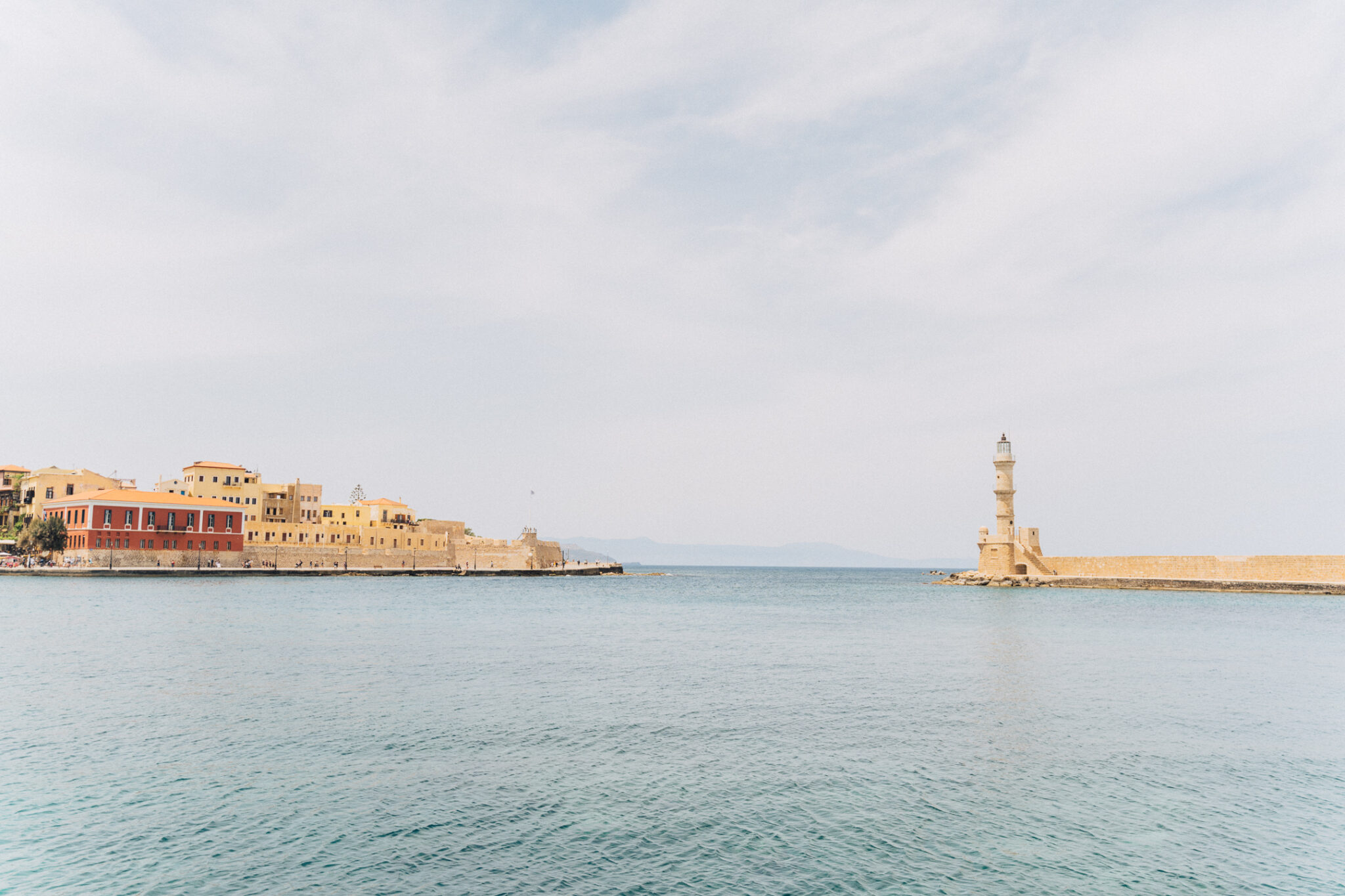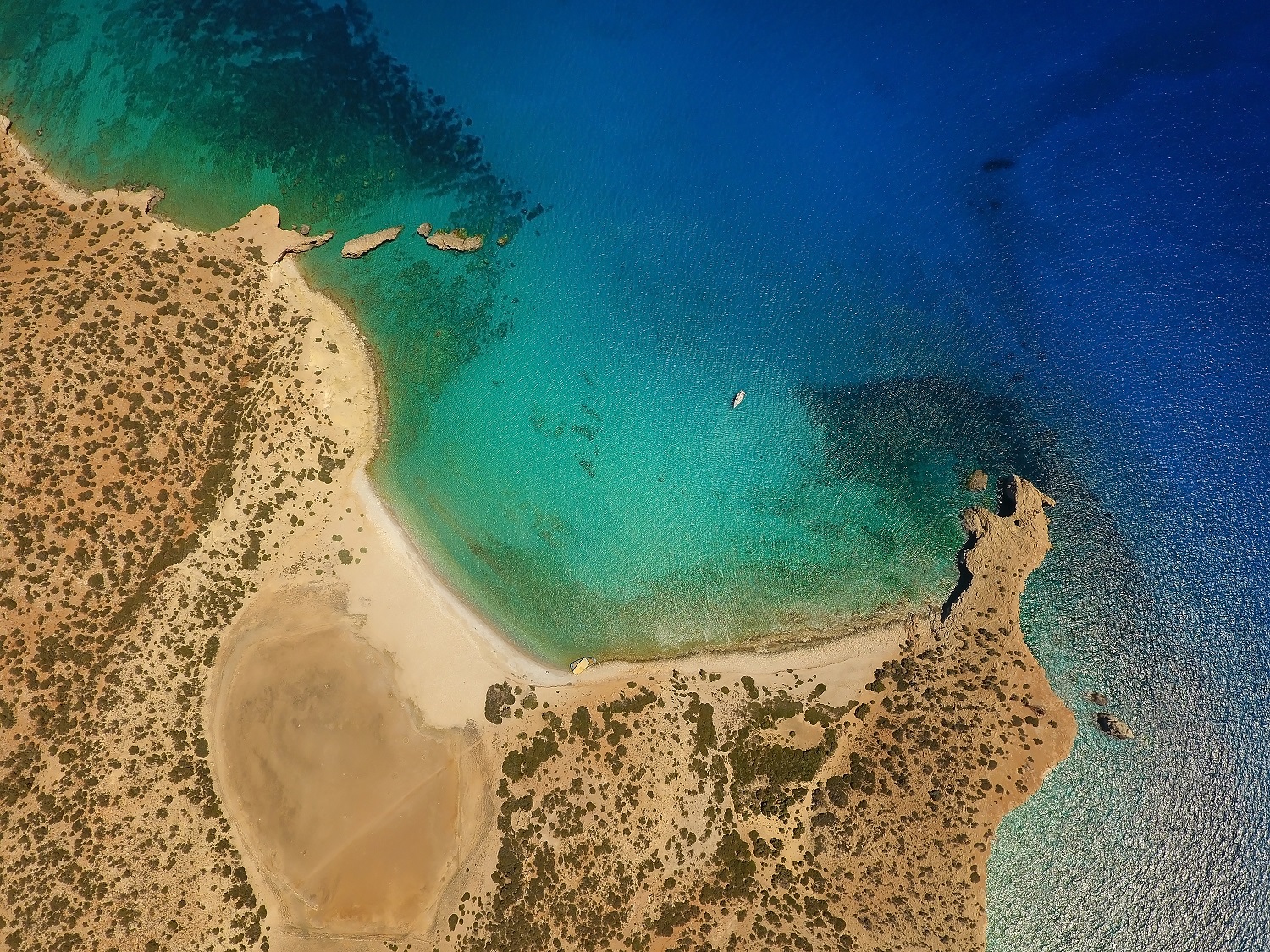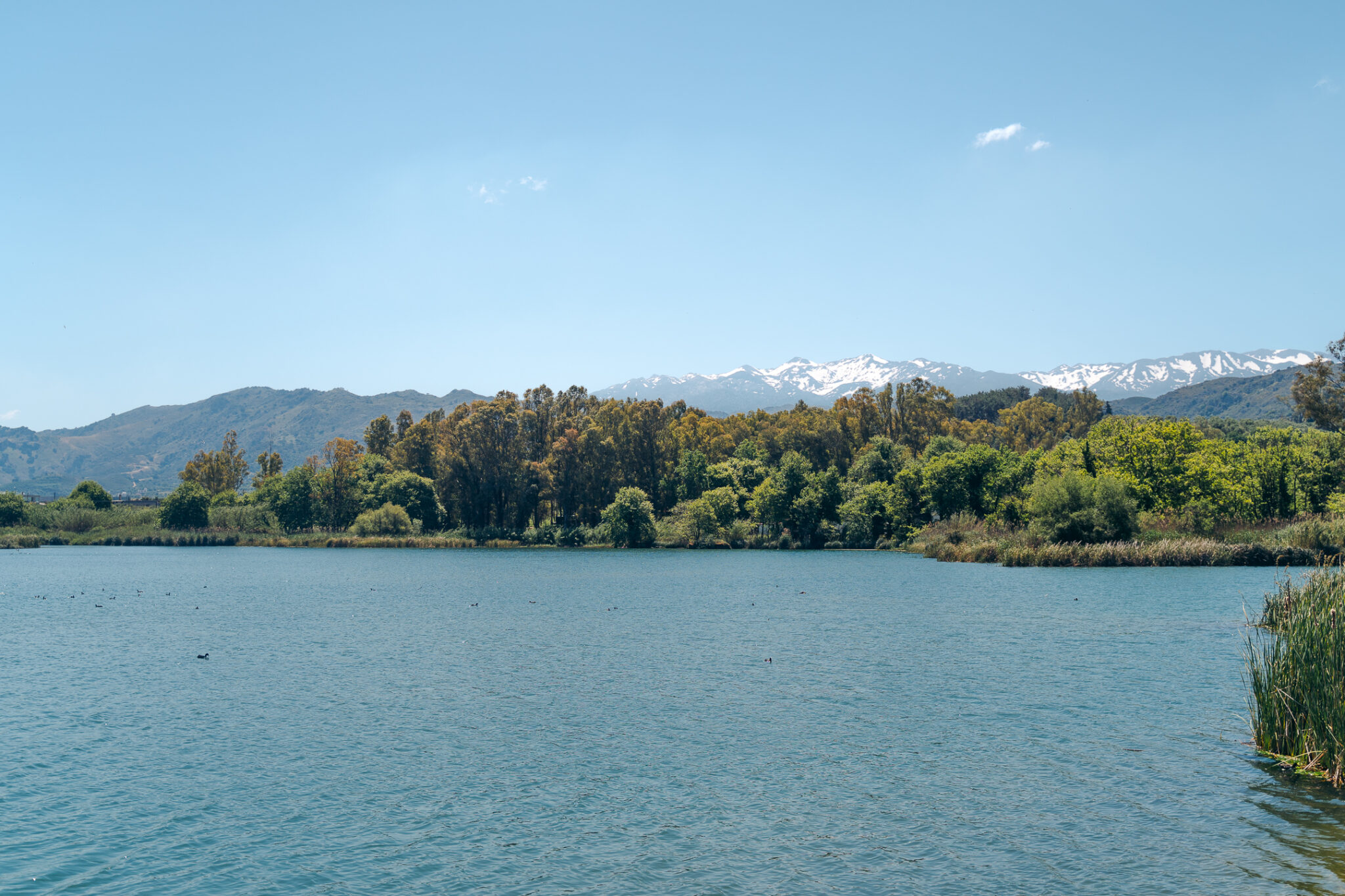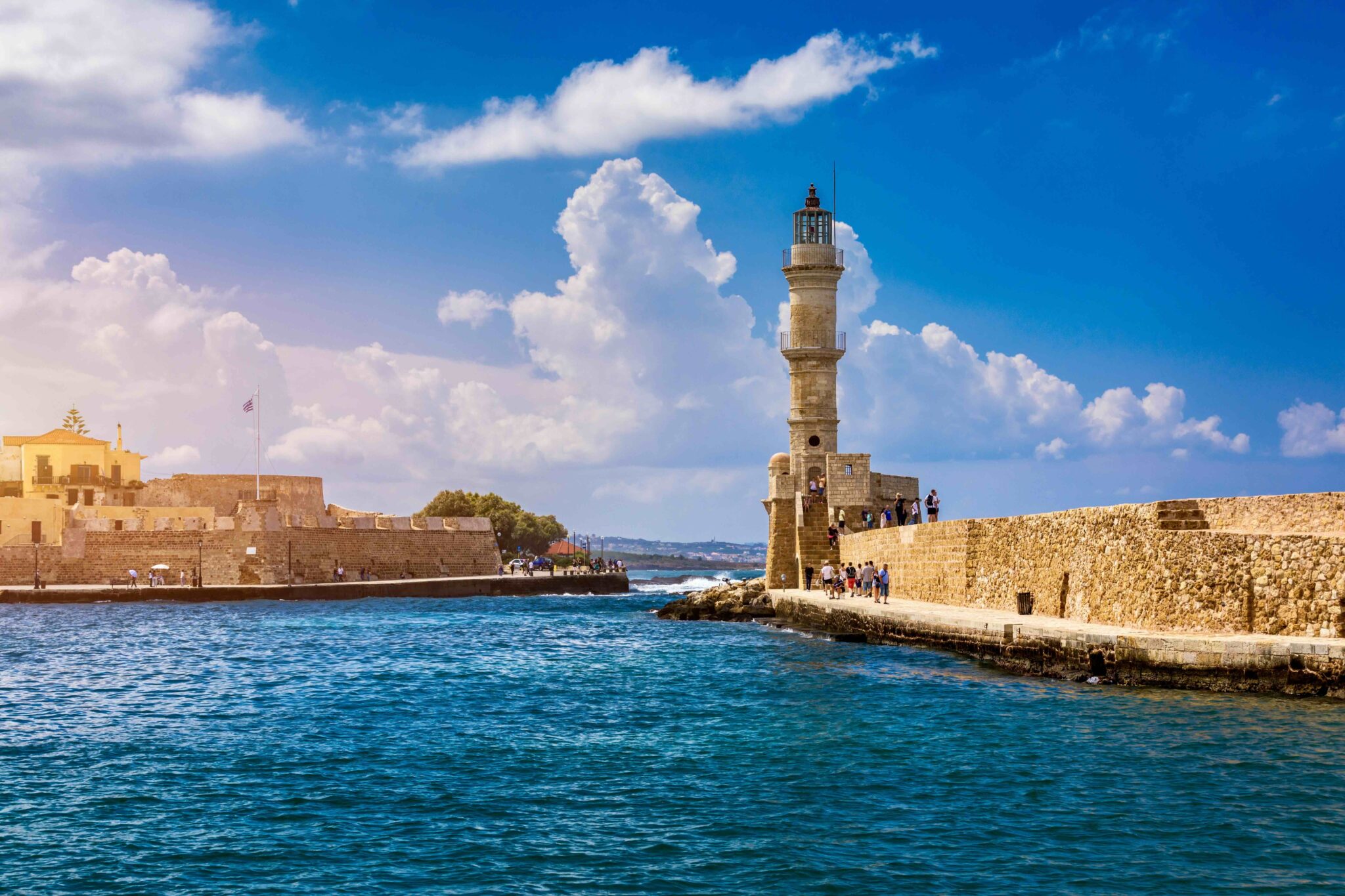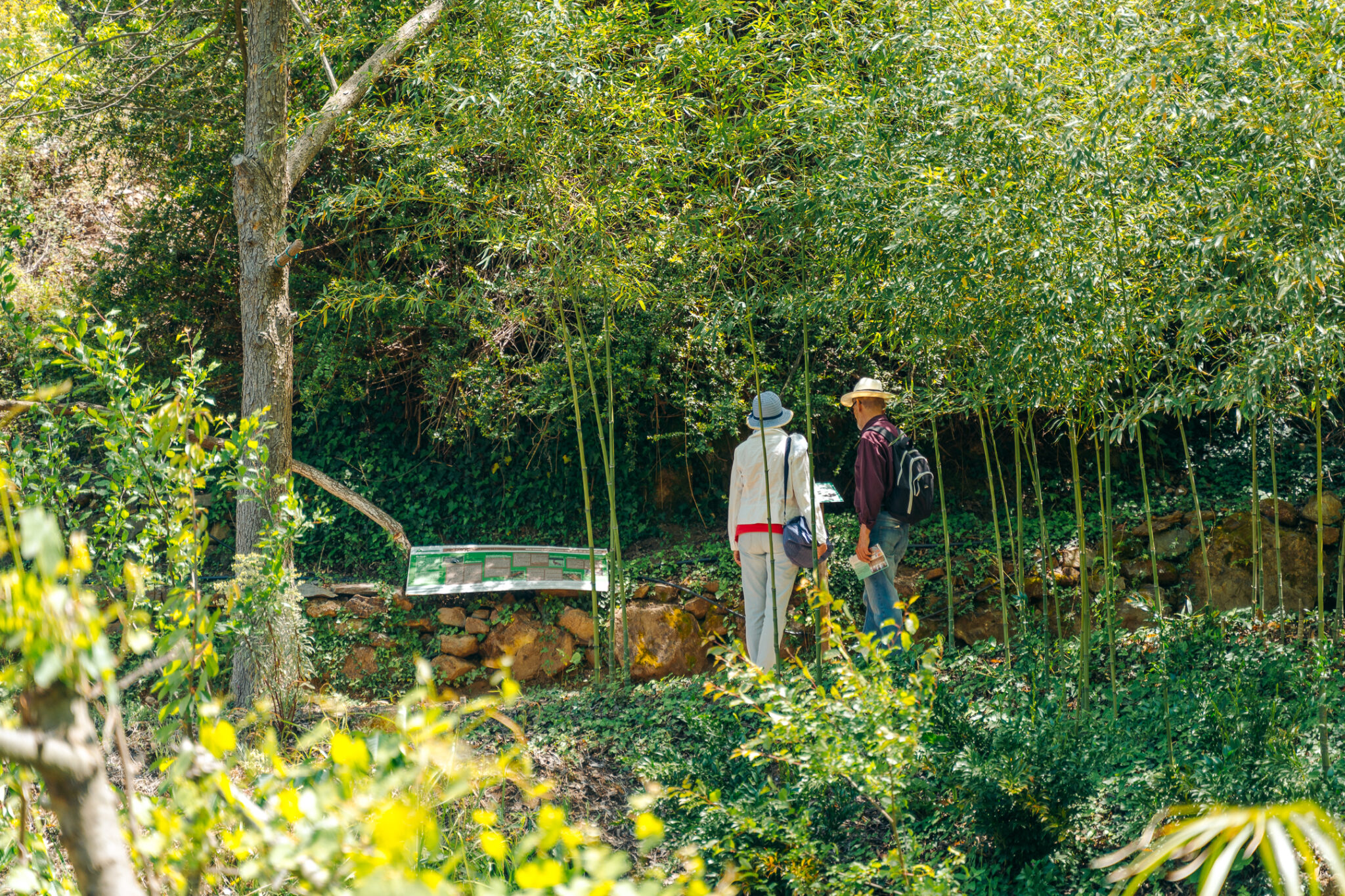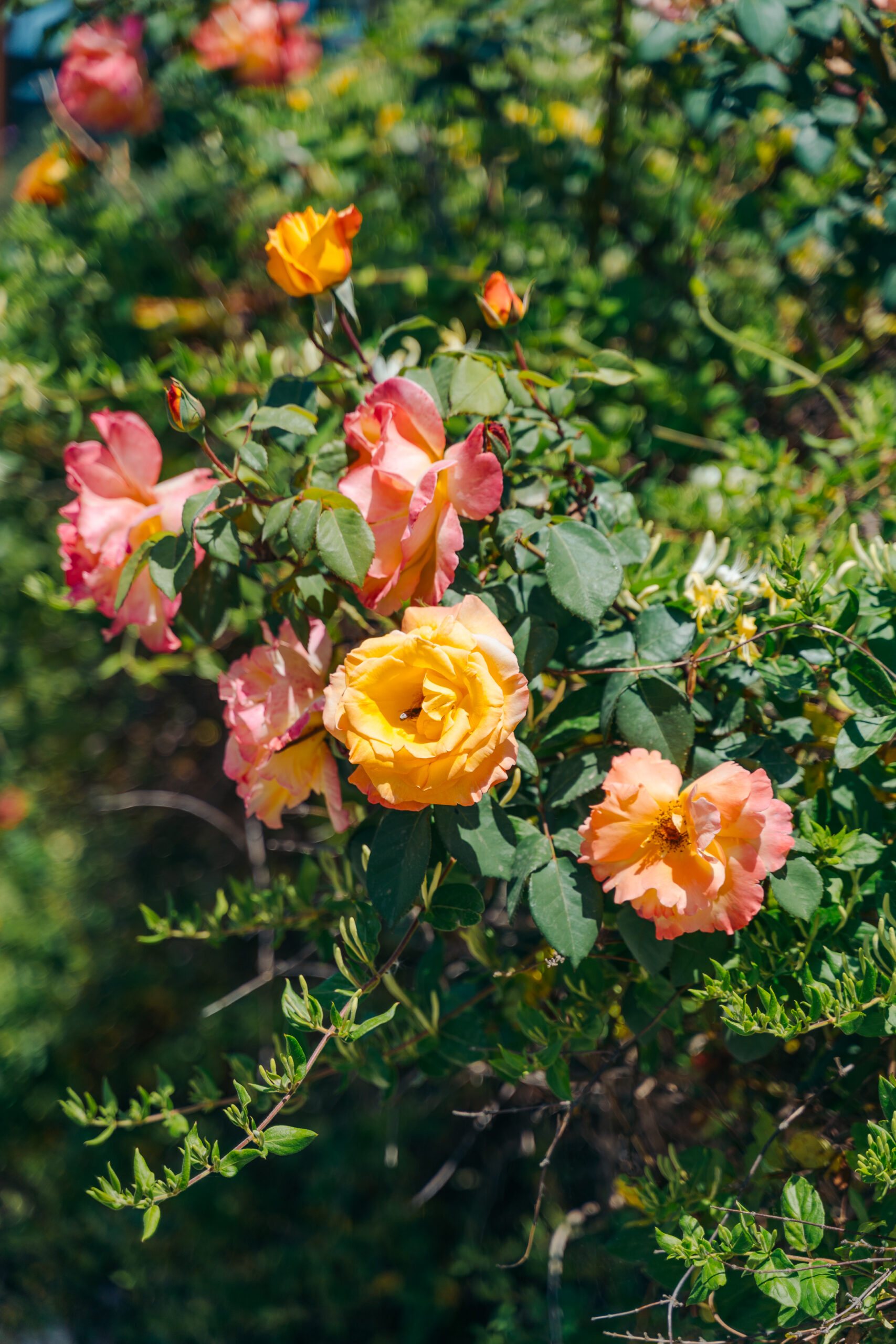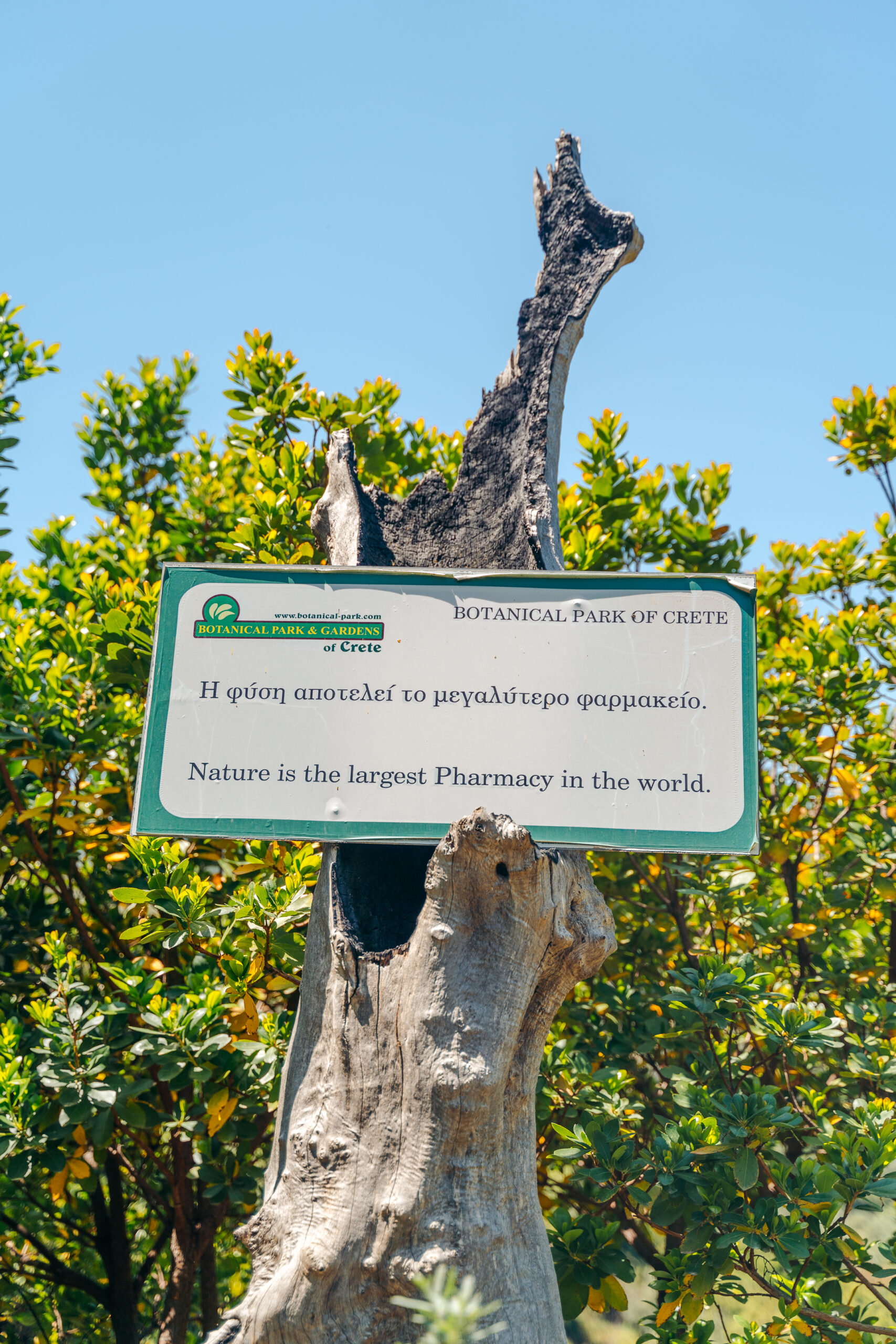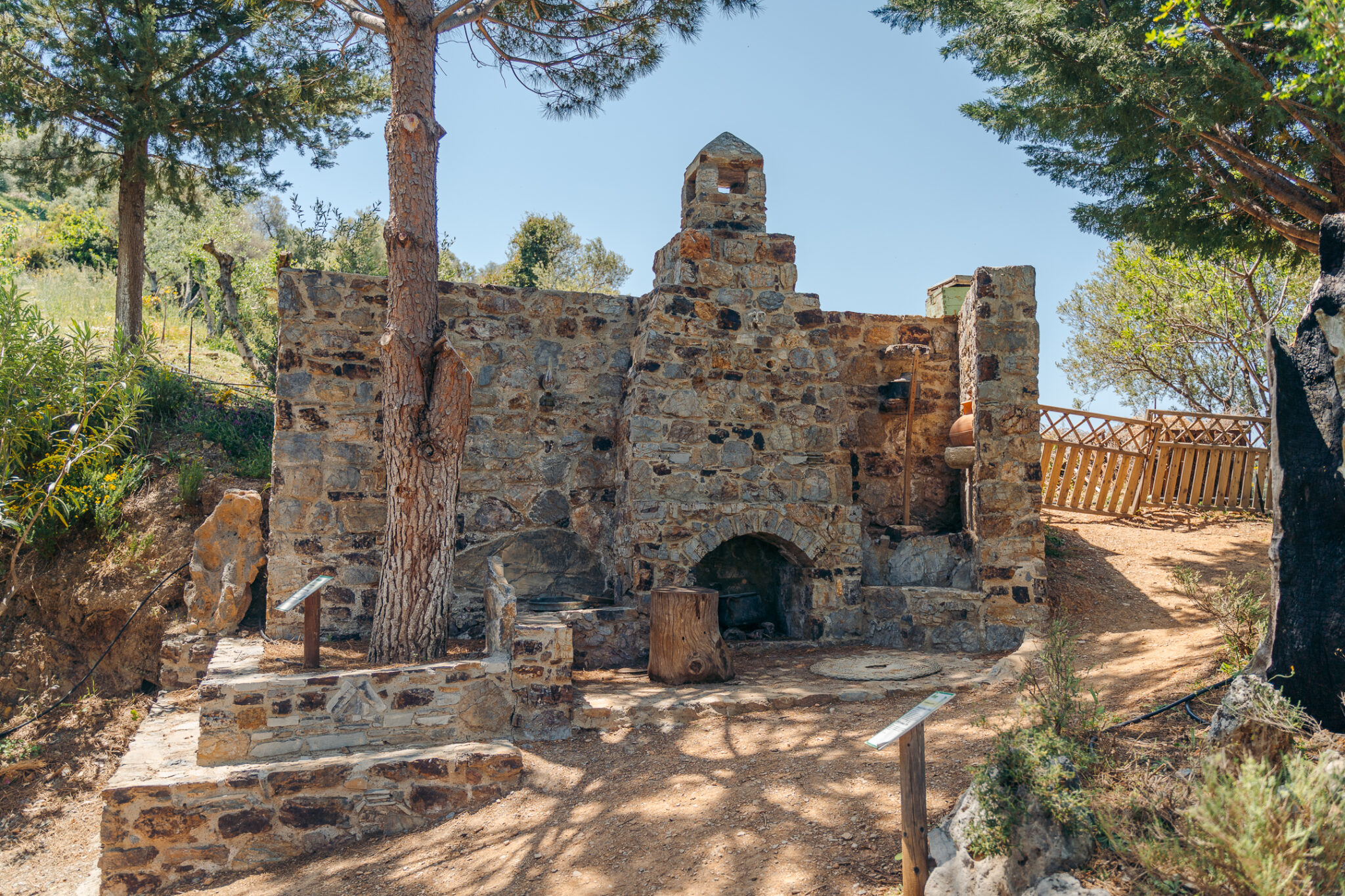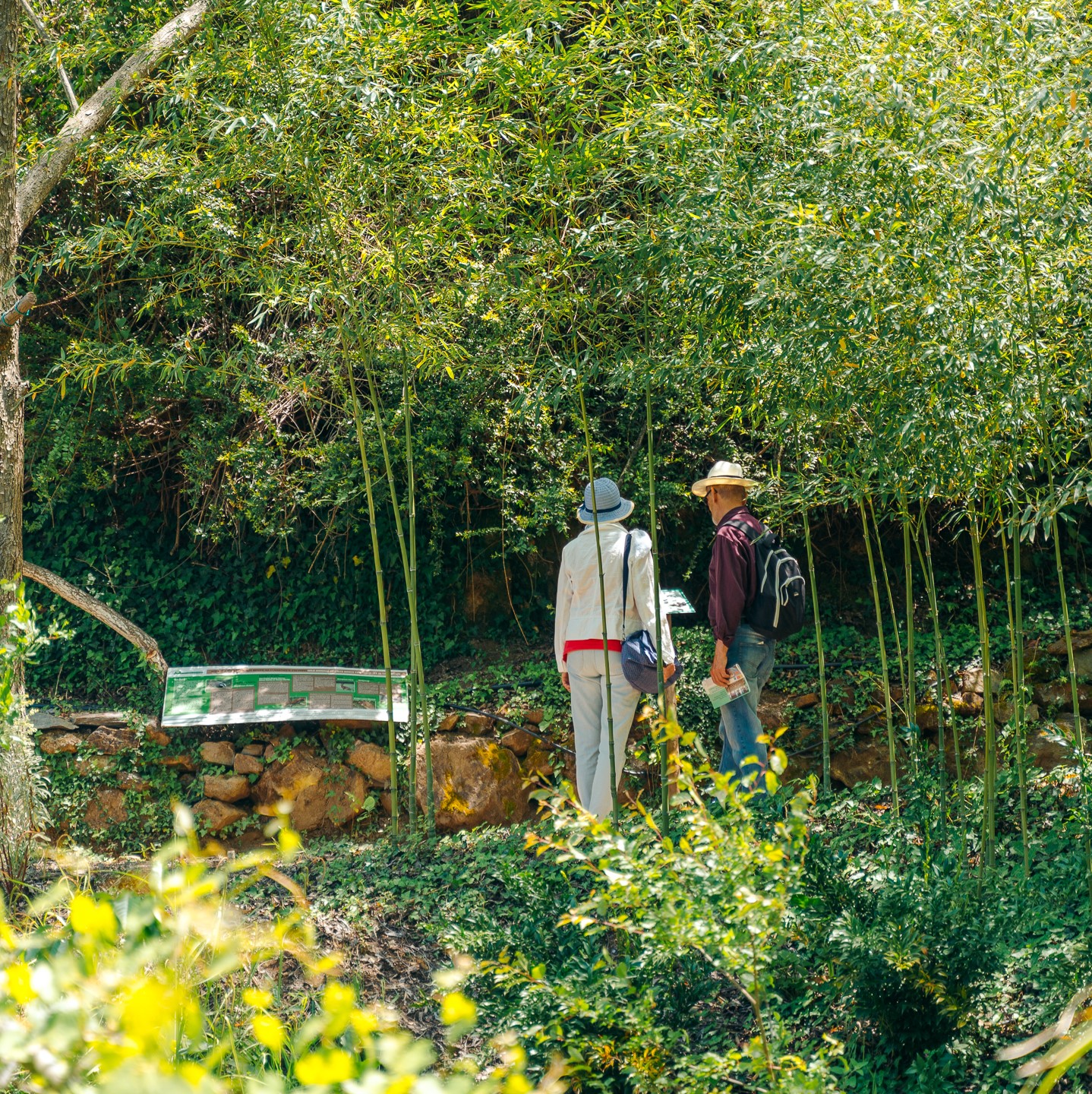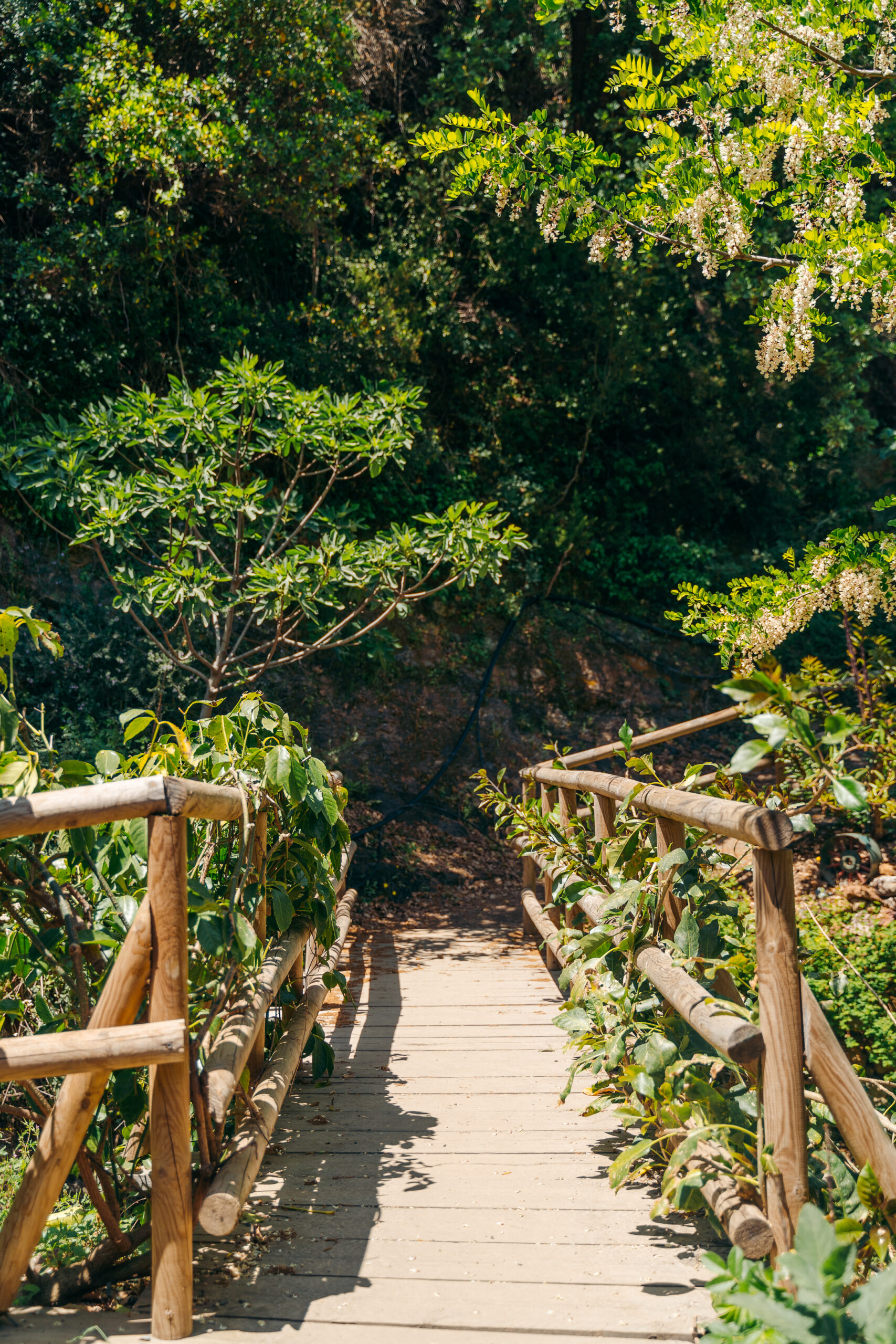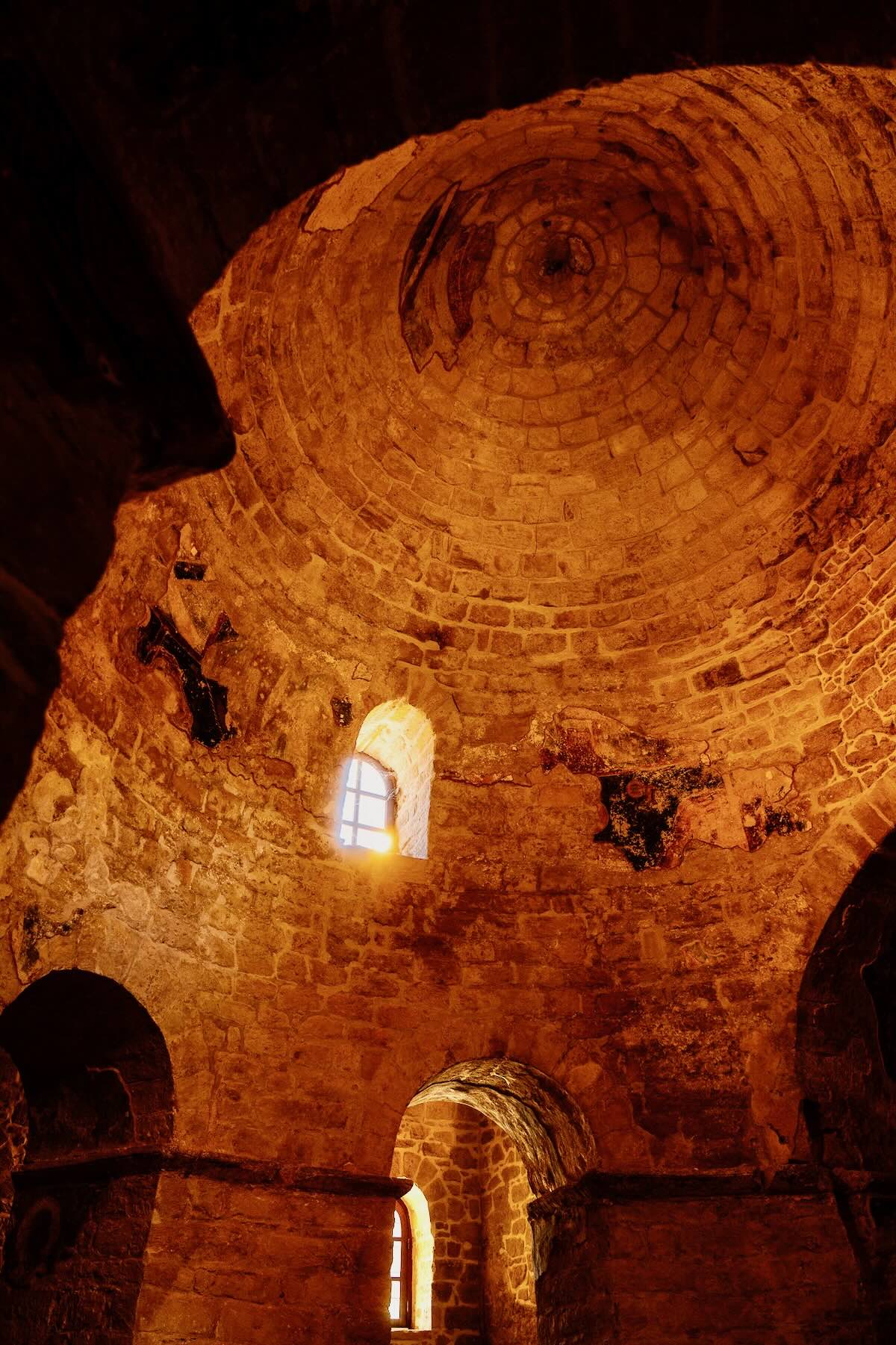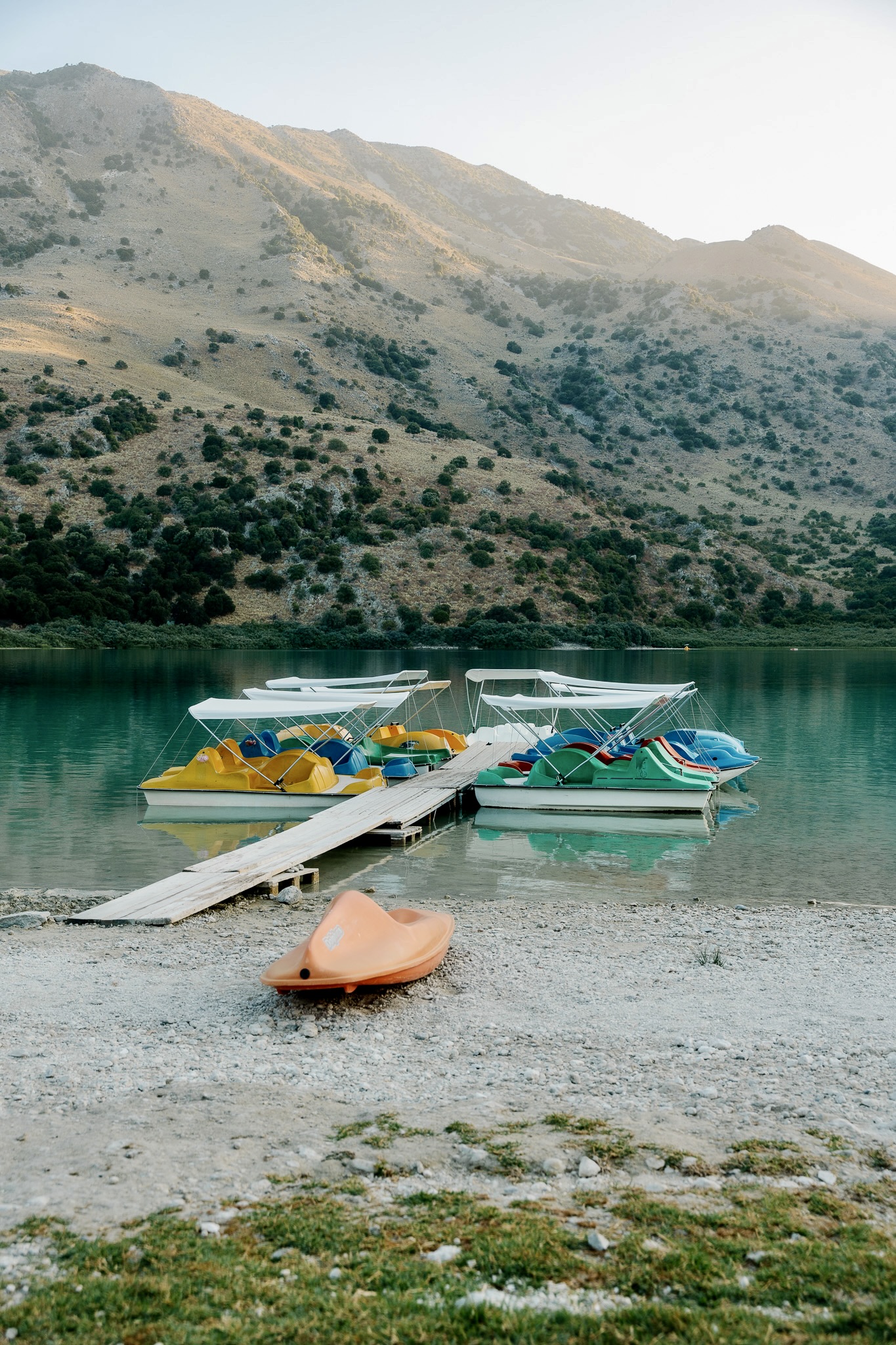A devastating fire back in 2003 that ravaged parts of the Chania area, as well as the sensitivity and response of an inspired individual, Petros Marinakis, prompted the development of the Chania Botanical Park, 18 km from the city, at the foothills of the Lefka Ori mountain range. An estimated 100,000 “tsounati” species olive trees over 400 years old, were burnt, leaving the Skordalos village in a very bad state.
The economic and environmental damage inflicted by the fire was incalculable. “Seeing the scorched devastation, the only thought I had was to replant our land. So that our homeland could flourish again. The abruptness of the catastrophe caused indescribable grief. Just as distressing for me was the fact that all this occurred in an era when people have detached themselves from nature,” Mr. Marinakis noted. “The gap between the concept and its realisation was long, often tiring, and required endless patience, dedication and persistence. We are proud that the Botanical Park and Cretan Gardens is the only place of its kind in Europe. Our effort does not end here. We aim to continuously enrich the garden with new plant and tree species, new trail experiences.”
The Park
The park, an expanse measuring some 20 hectares, hosts fruit trees from all over the world, herbs, medicinal plants as well as ornamental plants. Its space and the region’s microclimate make it a paradise for thousands of plants and animal species. Whether visited for a delightful, casual stroll through a picturesque park, or for the purpose of a fascinating exploratory experience through trails of nature, the Botanical Park represents an ideal, alternative excursion offering escape from the city noise and cosmopolitan beaches. Here, the spectacular scenery is made up of rare specimens of local flora and fauna as well as other tropical and subtropical varieties from around the world. They are continuing to increase in numbers, changing the face of the Botanical Park and offering visitors incentive to keep coming back.
Seeing the entire park takes nearly two hours. Besides the trails filled with natural beauty, visitors can also become acquainted with many other plants and trees growing on the slopes. Signposts offer guidance to the Botanical Park’s various sections, hosting tropical trees, fruit trees, citrus fruit trees, herbs and vineyards.
The lush setting is complemented by a lake providing shelter and protection for ducks, geese, and other waterfowl, while hawks may also be seen flying in the area. The park also hosts an open-air stone theatre, an atmospheric setting for small-scale events.
Flowers, plants and trees at various stages of their life cycle may be seen, depending on the time of season one visits the park, along with seasonal wild flora and fauna. Regardless of the season, visitors will surely be impressed by the colours, aromas and variety offered by the park. The experience can be topped off with a meal at the park’s restaurant, offering delicious food and a fabulous view.
Read also:
Lake Agia: Cretan oasis of birds and plants
An exotic beach with fine white-pink sand in Crete




